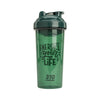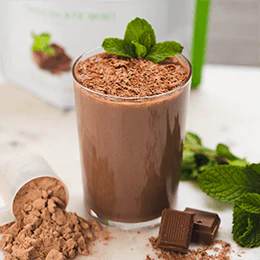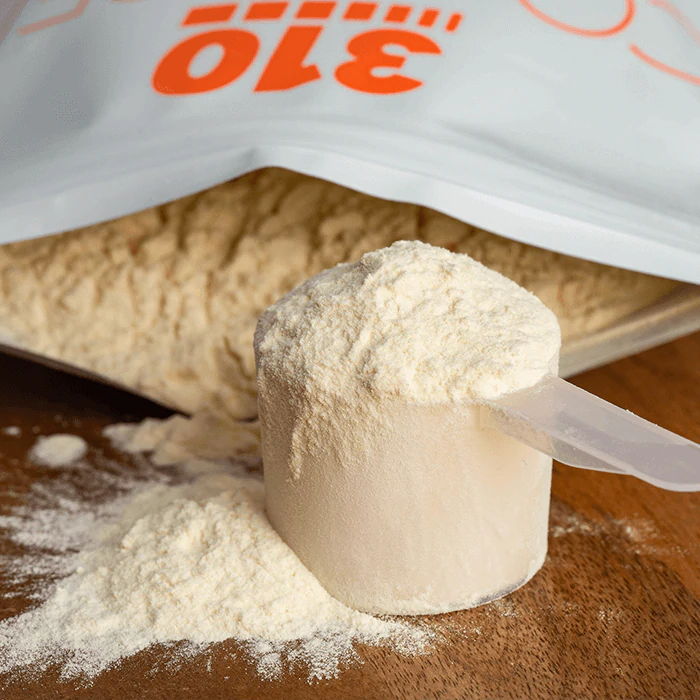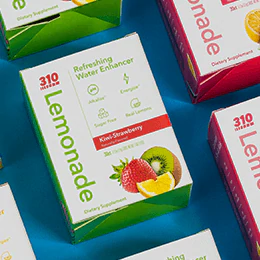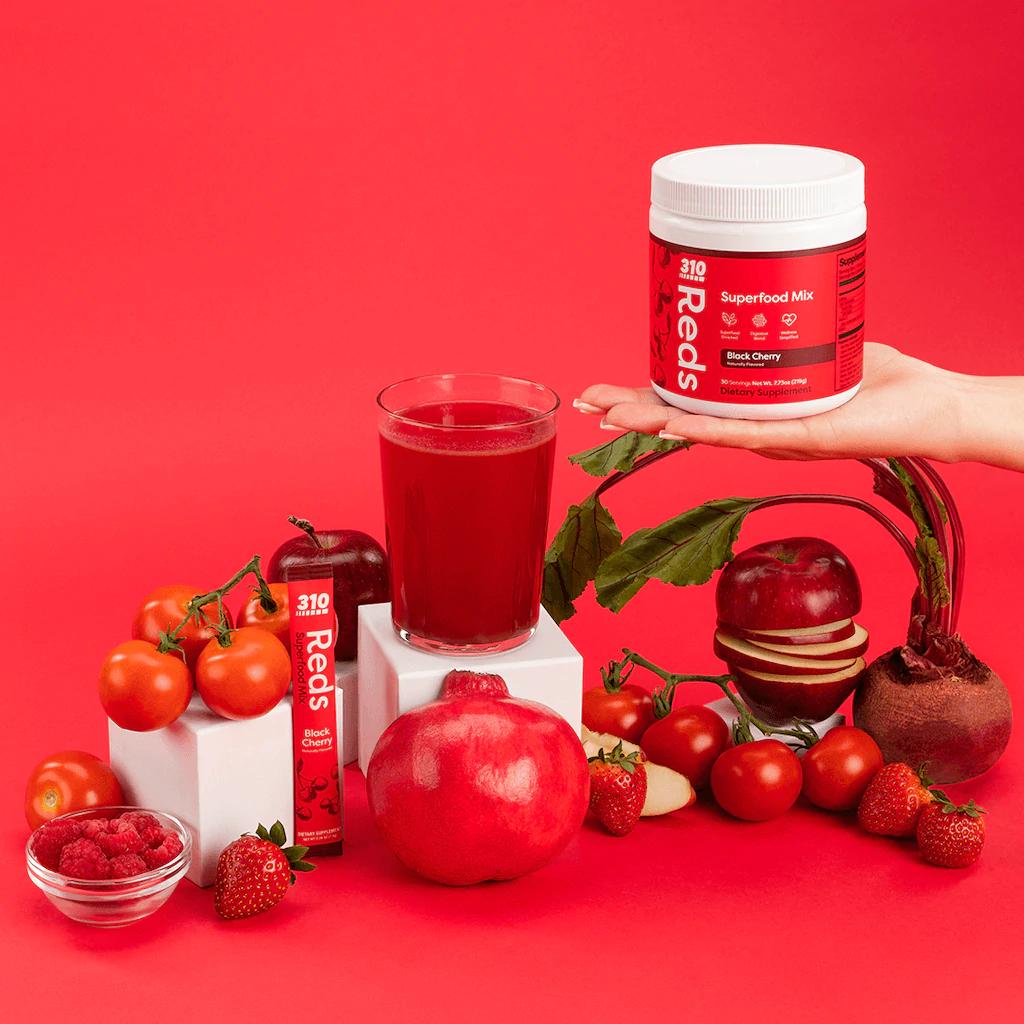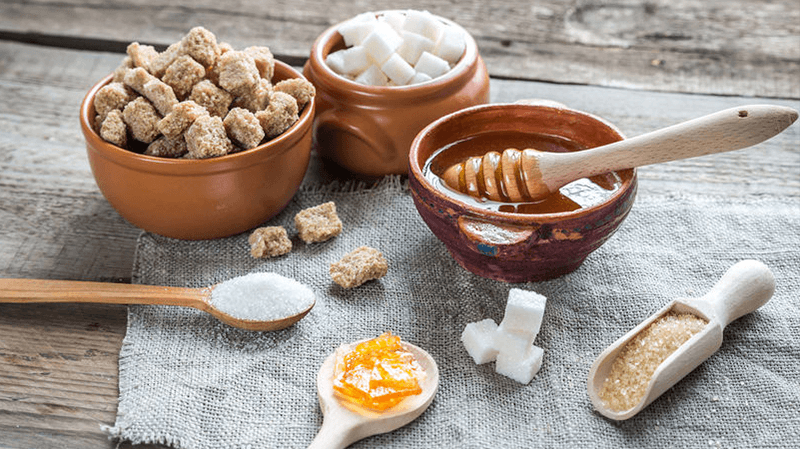It's never a bad time to start taking a good, hard look at your sugar consumption and deciding that it might be time for a sugar breakup.
Along with being not so great for your waistline, sugar is one of the worst ingredients for your health, and having too much of it can affect much more than just your weight loss goals. With blood sugar spikes and drops that can lead to moodiness, tiredness, low energy, and even trouble sleeping, it’s time to kick this habit to the curb.
Whether you are choosing to start the no added sugar diet or just looking to cut back on those sugar calories, follow along below for more information on added sugar as well as 10 Registered Dietitian-approved tips to cut sugar out of your diet.
What’s wrong with sugar?
Believe it or not, sugar is not always the bad guy. All carbohydrates consist of building blocks of simple sugars, including glucose, fructose, and galactose. These simple sugars are your body’s preferred energy source.
So what’s the problem then? The problem with sugar is that we are eating too much of it. The average American adult consumes almost 270 calories of sugar every day. That’s around 17 teaspoons or about 13% of total calories per day from sugars.
The American Heart Association recommends limiting sugar intake for women to only 100 calories per day, or about 6 teaspoons. And for men to only 150 calories per day or about 9 teaspoons of sugar.
That means the average American adult is consuming two to three times more sugar than the recommended amount!
The body does not need that much sugar to produce energy. Instead, it struggles to keep up, causing your blood sugar levels to rise and your insulin production to go into hyperdrive. What results is insulin resistance, fatty liver, cardiovascular disease, type 2 diabetes, weight gain, obesity, or many other problematic health conditions.
Added sugars vs. naturally occurring sugars
So how did we get here? The average American adult is consuming more sugar than necessary because our diets are full of added sugar — often sugar you don’t even realize you are consuming.
Added sugar is sugar that is not naturally occurring, meaning that it’s added at some point in the preparation or processing of that food item. This includes you adding sugar to something (like table sugar or syrup) and the manufacturers adding sugar for taste, texture, and longer shelf life.
Naturally occurring sugars are sugars found naturally in foods like fruits, vegetables, and dairy. The difference between added and naturally occurring sugars is that when you eat a piece of fruit you also get a ton of other nutrients along with it. When you eat added sugar, you are just getting sugar.
It’s not just the sugar you add to your coffee that’s the problem, but the added sugars you don’t even realize you are eating. Added sugar has a sneaky way of showing up in a lot of everyday food products. Even so-called “healthy” food items can actually be junk foods in disguise. Some examples of these include high-sugar trail mixes, granola, granola bars, yogurt, oatmeal, and low-quality protein powders and bars.
How a no added sugar diet can help you lose weight
So what happens to your body with all this added sugar in your diet? What results from too much added sugar is unhealthy weight gain.
There are several reasons for this:
- All the calories, none of the benefits: Added sugars contribute extra calories to your diet without adding any nutritional value. The biggest cause of weight gain is more calories consumed than used throughout the day, and food and drinks that contribute nothing but empty calories are going to easily push you above your recommended calorie limit.
- Turns off your appetite-control: Sugar is easy to mindlessly consume because you never feel full or satisfied after eating or drinking something high in sugar. This trains your brain to want more to satisfy your unfulfilled cravings.
- Storing food as fat: The more sugar you consume, the more insulin your body needs to produce. When your body’s levels of insulin are too high it starts to store more food calories as fat instead of using it for energy.
- The more you eat, the more you want: Sugar triggers your brain’s reward center, similar to addictive drugs like alcohol and cocaine. This means that the more sugar you eat, the greater your sugar cravings will be. This is counterproductive to weight loss goals because it’s hard to focus on healthy eating when you’re too busy craving sugar.
To cut your sugar cravings and reduce your sugar intake you have to cut out or reduce your added sugar, or what’s called a “no added sugar diet”. At first, you might experience slight feelings of withdrawal, but over time the less you eat sugar the less you will crave it.
This will not only help you reach your weight loss goals, but you might even feel happier and healthier than you did before!
Should I stop eating sugar cold turkey?
The answer to this question depends on your level of sugar consumption today. If you are currently eating a lot of added sugar every single day then going cold turkey is going to be really hard. This could lead to you feeling frustrated and giving up, returning to your sugar-eating habits.
Instead, we recommend taking it at your own pace. Start by implementing some of our 10 strategies below, including swapping out a few sugar-filled items with nutritious alternatives or cutting your sugar portion sizes in half and see how you feel.
As you make the below changes to your diet start slow so that you can train your body to stop craving sugar instead of overwhelming it with a cold turkey sugar removal.
10 ways to cut back on added sugar
So how can you cut back on your added sugars? Here are 10 tips from a Registered Dietitian that are sure to help you cut out those sneaky sugar calories.
1. Read your labels
Added sugar is sneaky. This is why it’s always important to read that back food label and scan the ingredient list — because that is the only way to know for sure whether that product is healthy or not.
Knowing the many names for sugar can help! Here are a few sugar offenders: fructose, dextrose, glucose, lactose, sucrose, maltose, high fructose corn syrup, corn sweetener, molasses, cane sugar, brown sugar, nectars, raw sugar, syrup, honey, or fruit juice concentrate.
Tip: Just because a product has sugar doesn’t necessarily mean it’s unhealthy. But the higher the sugar is on the ingredients list, the less healthy that food item is likely to be. Try and limit your consumption of the above-mentioned sugars and seek out healthier alternatives that don’t heavily feature sugar ingredients.
2. Check for added sugars
In 2016 the Food and Drug Administration (FDA) revised the Nutrition Facts label to include “Added Sugars”. This means you can read right on the back label how much of the total sugars of the product are from added sugars. To reduce your sugar intake, aim for as little added sugars as you can. Bonus points if it says zero!
Tip: Just because the front label of a product says “reduced sugar” or “lightly sweetened” does not mean it’s low in sugar. Always check that back label and look out for the “added sugar” line!
3. Pay attention to serving sizes
Always look at the serving size to get the full picture. While the label might only read a low amount of sugar, how many servings do you intend on consuming? If you eat three to four times the recommended serving size what started as a 5g added sugar product turns into a 15-20g serving of added sugar.
If that’s the case, try eating that item in moderation or swap it out with something that contains less sugar per serving. For example, if you’re craving chocolate try going for a piece instead of the entire bar or swap for dark chocolate instead.
Tip: Check out MyPlate to learn about portion sizes for every food category.
4. Clean out the kitchen
Once you’ve identified your added sugar offenders it’s time to eliminate the temptation! If it has added sugar, toss it. Or put it somewhere that's more out of sight and out of mind, like the back of the pantry.
Then repeat this process when you grab food at the grocery store! If it has added sugar, don’t put it in the cart. By removing the temptation and making it harder to consume sugar, you can stop fueling your sugar cravings.
Tip: Here are the major sources of sugar you should toss or skip buying at the grocery store: soda, fruit drinks, sports and energy drinks, candy, dairy desserts or milk products (such as sweetened yogurt, ice cream, etc.), sweet rolls, white bread, energy bars, and baked goods. Instead, fill your cart with these foods our Dietitian always has in her fridge!
5. Watch out for sugar-filled beverages
About half of all added sugar comes from sugar-sweetened beverages. But if you think sugar is only in the “really bad” drinks like soda, unfortunately, that's not the case.
Sugar lurks in so many seemingly healthy drinks, like fruit juices, Gatorade, Vitaminwater, energy drinks, iced teas, coffee, and more. Instead, try sparkling water, flavoring your water with fruit, or even look for some sugar-free alternatives to your beverage of choice.
Tip: If you're looking for sugar-free beverages, make sure to avoid artificially sweetened sugar-free drinks (aka diet drinks). Instead, aim for beverages naturally sweetened with stevia, monk fruit, etc.
6. Satisfy your craving with something more nutritious
Instead of reaching for your go-to sugar-filled sweets, try satisfying your sweet tooth with a healthier source. Fruit, smoothies, or even some honey or dark chocolate in moderation are great options.
Tip: Check out some of our delicious and nutritious dessert-themed smoothie recipes for some inspiration!
7. Make things at home
Homemade foods tend to be healthier because you can control the ingredients. When you eat out or purchase processed food products you are more likely to consume artificial sweeteners and sugar (in its many forms!). You can avoid these by getting a little creative in the kitchen and making healthier versions of your favorite foods and desserts.
Tip: Check out our blog post on 5 Healthy Pantry Recipes To Save Time & Money for inspiration in the kitchen! And if you are dining out, here are some great tips to stay healthy.
8. Practice mindful eating
This is hands down one of the most important tips when watching your sugar intake. If you’re going to have a small piece of chocolate, enjoy it. Pay attention to how it smells and tastes, and your level of satisfaction after eating it. Try not to mindlessly scarf down four pieces of chocolate without even realizing you’re doing it!
Tip: Don’t eat out of the bag! Pour yourself a small amount of that sugar-filled item onto a plate. This helps you stay on top of your portion sizes and eliminate mindless eating.
9. Avoid low-fat foods
You may think you’re doing yourself a favor when you choose low-fat foods but this isn't always the case. Naturally occurring good fats are your friend!
When you choose low-fat foods, what you’re really choosing is a more processed product that is likely to have more added sugar to replace the removed fat. Instead, fats like avocado, coconut and MCT oil, nuts, seeds, and unsweetened dairy items can satisfy and provide many health benefits.
Tip: Here are seven of the best high-fat foods that you should keep in your kitchen!
10. Don't sweat the small stuff!
Finally, remember to not sweat the small stuff. It’s perfectly okay and even healthy to treat yourself every now and then. If you feel like you "fell off track", just get back to your normal routine. As long as you're eating a balanced diet of healthy fats, quality protein, and unrefined carbohydrates most of the time, a little sugar here and there is ay-okay!
Sources:

